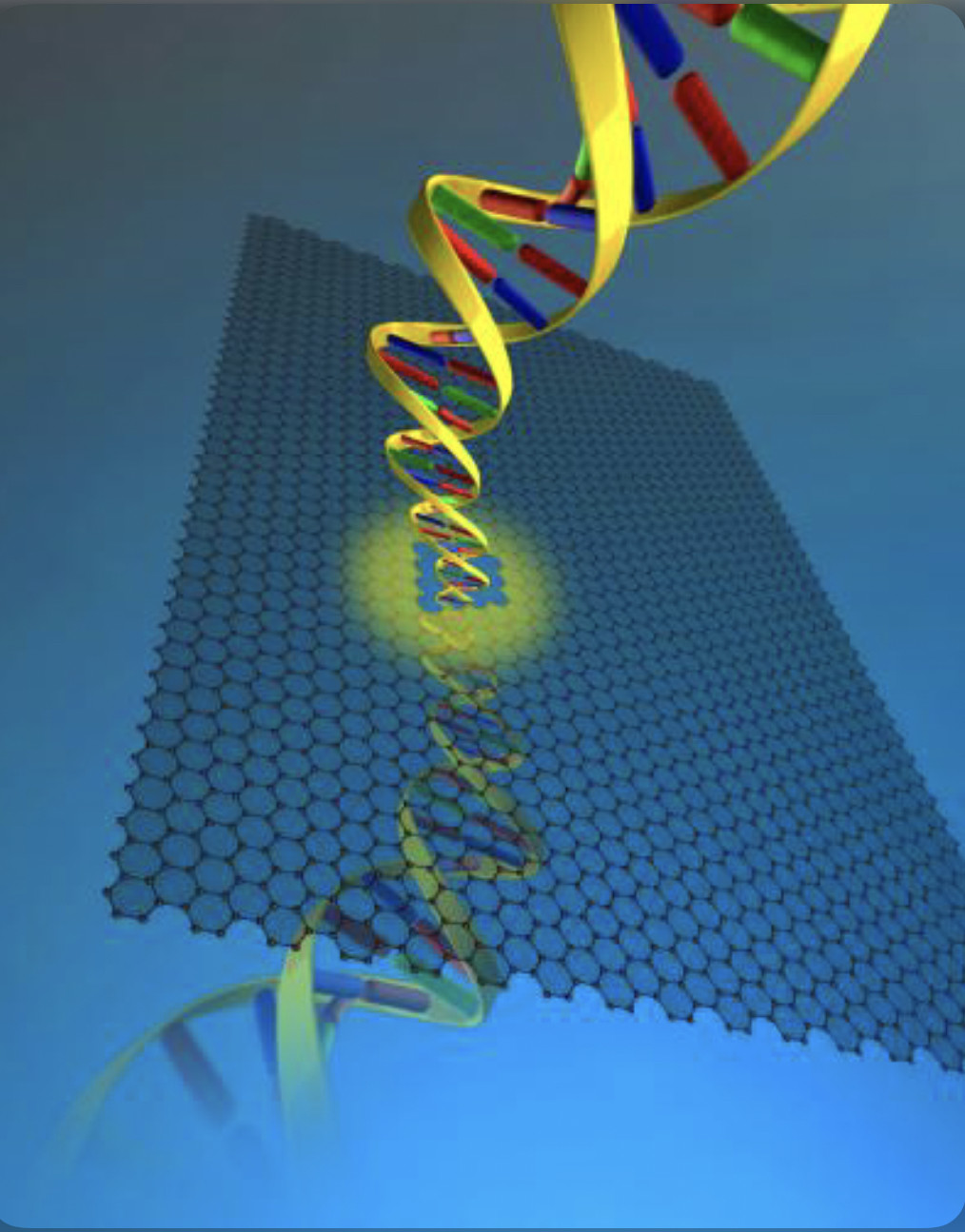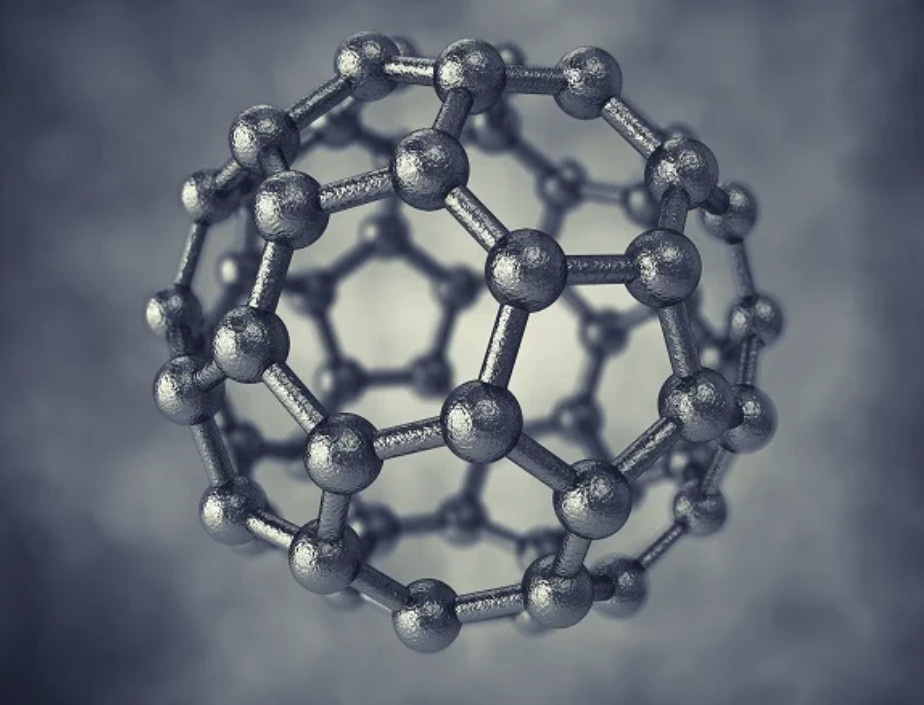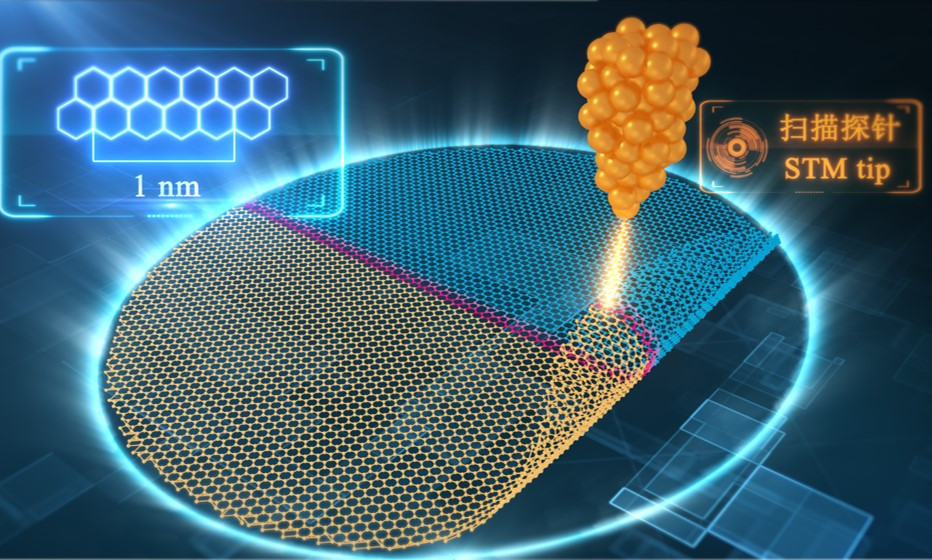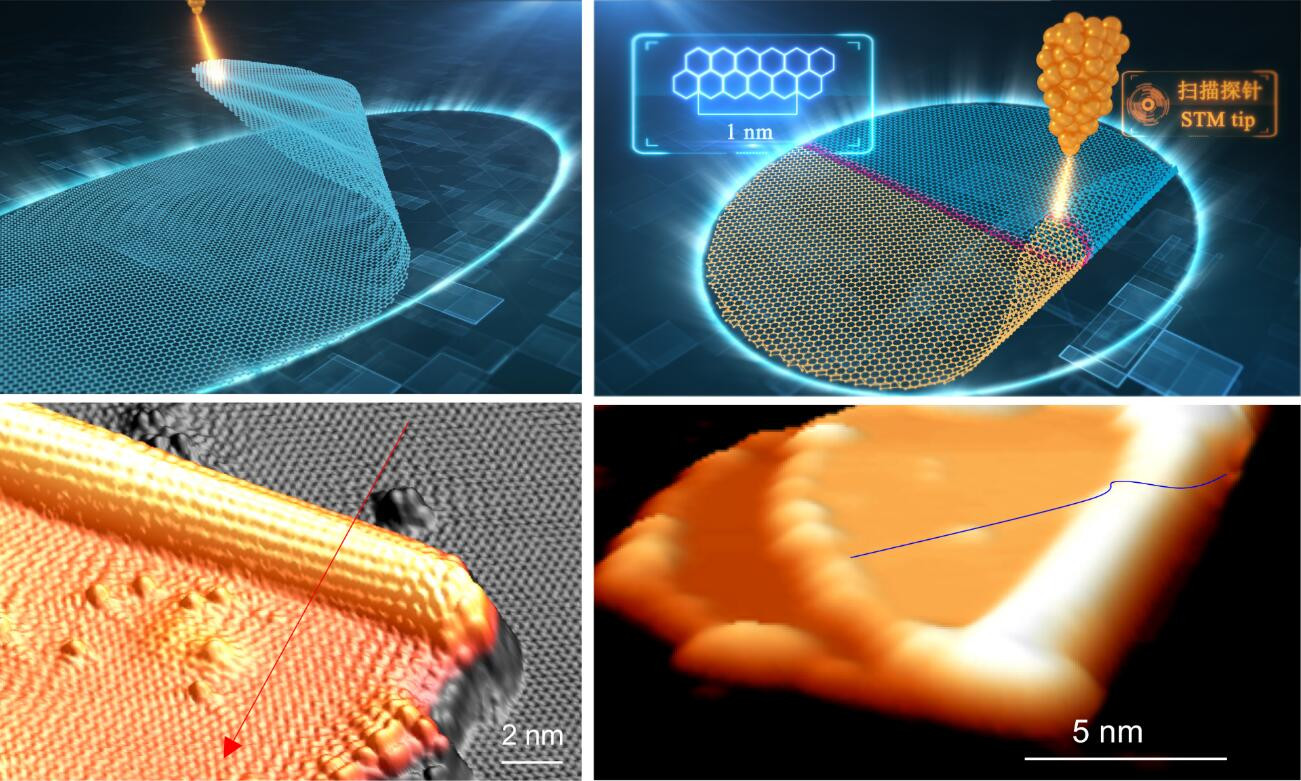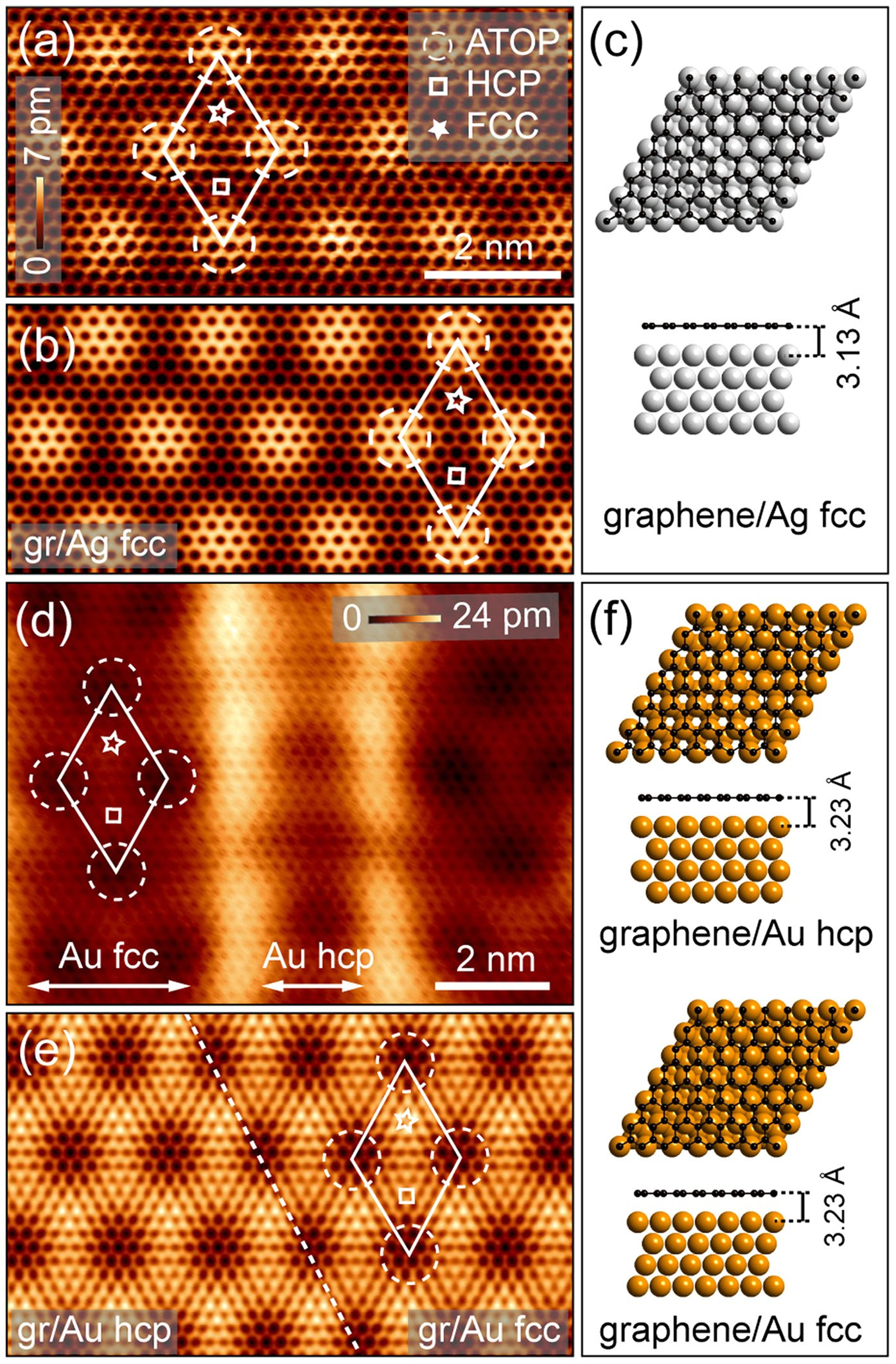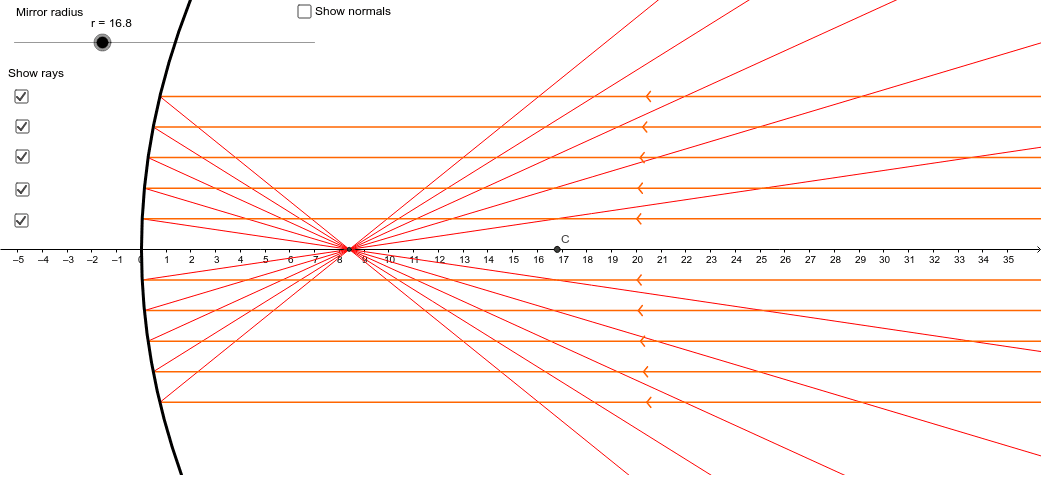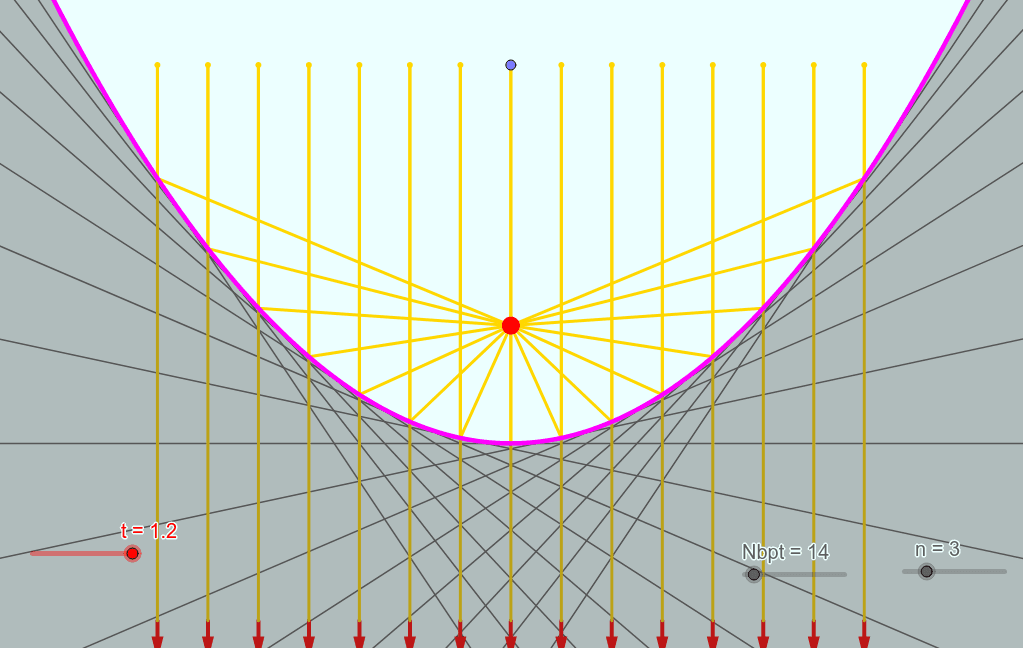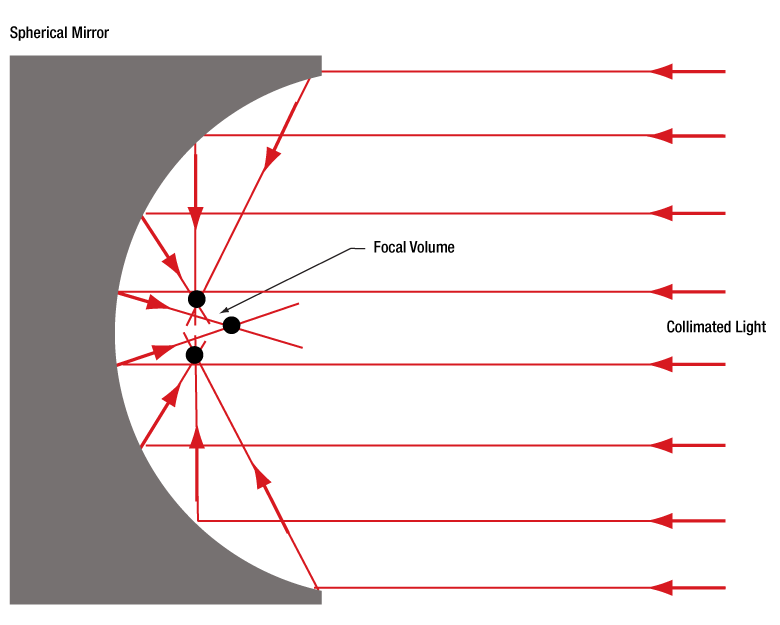So let’s get this straight.
I’m not trying to be a smart arse here
It solves nothing.
Tell me if I am wrong.
The nanoparticles that are contained inside the vaccines are actually qubits for the "quantization of the electromagnetic field", referring to photons as field "quanta" (for instance as light quanta).
So in essence each electron that is transferred (from photon upconversion nanoparticles) or induced by a dipole magnetic moment (point charge) is coincidentally enabled (activated) by ultrasonic (5G) duel frequency (incidents of light-particles) optical (trapping) waves (tweezers) that aultimately become bits of information used for quantum computing.
So to conclude for every quantum leap (from nanoparticle to DNA) an electron becomes a free radical through a covalent bonding meaning damaging cells leading to oxidative stress diseases.
#J316FGSLTWTHGHOBSTWBOHSNPBHEL
I'm not really in the know...but I did manage to follow that....surprisingly. You probably didn't see my post last night where I went down a rabbit hole and found this on IMAGION BIOSYSTEMS FIRST-IN-HUMAN STUDY! NANO Particle technology! There's a whole PDF at
https://journals.asm.org/doi/pdf/10.1128/jvi.01883-19
Put out by The Journal of Microbiology/Journal of Virology's Report on Vaccines and Anti-Viral Agents
It's a huge report and I couldn't follow most of it...but you might find what you are looking for as I think we were looking at pretty much the same thing.
3.2.4 Magnetic nanoparticles
Superparamagnetic iron oxide nanoparticles (SPIONs) have been studied for various biomedical applications, such as contrast agents, iron replacement therapies, drug delivery, tissue repair, hyperthermia, cell and tissue targeting, and transfection. SPIONs have an iron oxide core that is coated by an organic or inorganic layer. Bare SPIONs may be toxic because there is chemical reactive, so the coating layer prevents aggregation and agglomeration of the nanoparticles and reduces iron oxide oxidation. SPIONs are largely studied for magnetic resonance imaging and targeted delivery of drug and antigen to the required sites. Vismara et al. [118] designed a new theranostic SPION system loaded with paclitaxel as a drug and coated with bovine serum albumin (BSA) and hyaluronic acid.
BSA protein was used to improve the colloidal stability of the SPIONs. Hyaluronic acid can specifically bind to CD44 receptors on various cancer cells and also provide biocompatibility and biodegradability. Not only the results showed that the SPIONs have a great potential for targeted imaging, but also IV injection of the SPION system to mice showed that the drug is diluted in blood steam and concentrated in the tumor.
The protective shells that are used against degradation of SPIONs and enhanced biocompatibility of the nanoparticles might result in reducing magnetization and pharmacological activity of the loaded drug. In this way, Gaspar et al. [119] used polyethylene glycol sorbitan monooleate nonionic surfactant to obtain a stable water-based suspension.
The obtained SPIONs showed high magnetic content (93% of iron sites) and a high saturation magnetization value. The protein loading on these nanoparticles indicated good loading efficacy and capacity of SPIONs for a lower concentration of protein. A novel drug delivery material for treating bone diseases has been studied by Tran et al. [120]. They coated the synthesized magnetite and maghemite nanoparticles with calcium phosphate. The results showed that calcium phosphate coating could improve bone cell function. Magnetic nanoparticles have also been investigated as carriers of the oligonucleotides to regulate gene expression. To prevent corrosion of the nanoparticles and avoiding the leaching of potentially toxic species into the body, the magnetic nanoparticles must be coated. Natural polymers like carbohydrates and proteins, besides synthetic polymers like PEG and polyvinyl alcohol, are popular coating materials for magnetic nanoparticles [121].
#J316FGSLTWTHGHOBSTWBOHSNPBHEL
Right....and what about graphene oxide? How would that change things up I wonder?
Graphene oxide (GO) has been suggested as an efficient assistant additive to eliminate non-specific amplification of the polymerase chain reaction (PCR). Although many studies have focused on exploring its molecular mechanism, the practice of GO on the quantitation of microbial community has not been implemented yet.
In this study, GO was added in PCR system to explore the changes on removing typical amplification errors, such as chimera and mismatches on two kinds of mock communities (an evenly mixed and a staggered mock communities) and environmental samples.
Results
High-throughput sequencing of bacterial and fungal communities, based on 16S rRNA genes and internal transcribed spacers (ITS) respectively, showed that GO could significantly increase large segmental error (chimeric sequence) in PCR procedure while had no specific effect on point error (mismatched sequence). Besides, GO reduced the α-diversity of community, and changed the composition of fungal community more obviously than bacterial community.
Conclusions
Our study provides the first quantitative data on microbial community level to prove the negative effect of GO, and also indicates that there may be a more complex interaction between GO and comprehensive DNA fragments in PCR process.
To amplify a segment of DNA using PCR, the sample is first heated so the DNA denatures, or separates into two pieces of single-stranded DNA. Next, an enzyme called "Taq polymerase" synthesizes - builds - two new strands of DNA, using the original strands as templates.

